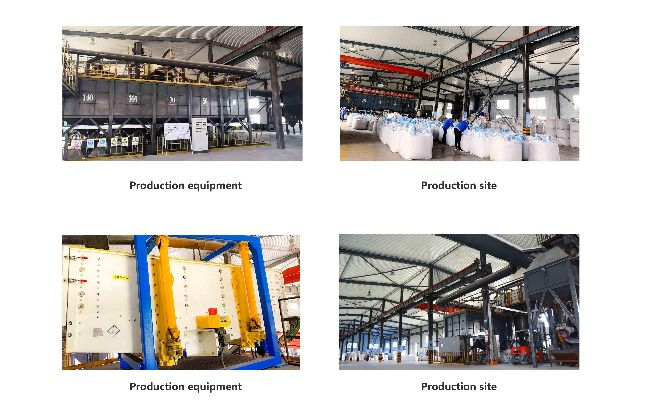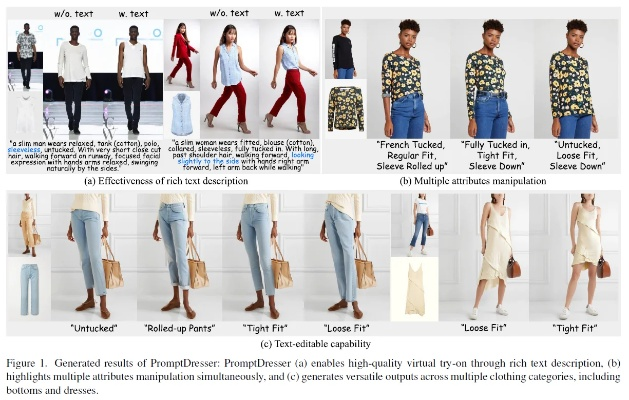The Revolutionary Approach of New Textile Materials
The revolutionary approach of new textile materials is characterized by their ability to revolutionize the fashion industry and transform the way we perceive clothing. These innovative materials are designed to be lightweight, breathable, and sustainable, making them ideal for use in high-end fashion brands that prioritize eco-friendly practices. One example of this approach is the development of biodegradable fabrics made from organic cotton, which not only reduce waste but also contribute to a more sustainable fashion industry. Another example is the use of recycled polyester, which reduces the need for virgin materials while still providing the same level of durability and comfort as traditional synthetic fabrics. Additionally, there has been a growing focus on incorporating technology into textiles, such as the use of smart fabrics that respond to changes in temperature or moisture levels. These fabrics can be used in applications ranging from sportswear to home decor, offering users an enhanced experience through improved functionality and sustainability. Overall, the revolutionary approach of new textile materials is poised to shape the future of fashion by creating more sustainable, eco-friendly, and technologically advanced clothing options for consumers around the world.
I. Introduction to the New Textile Materials
Textile materials have always been a crucial part of human civilization. They not only provide comfort and warmth but also play a significant role in enhancing our appearance and lifestyle. However, with the advancement of technology, new textile materials have emerged that offer unprecedented benefits and functionalities. These innovative materials are revolutionizing the fashion industry, healthcare, and other sectors. In this article, we will explore some of the most promising new textile materials and their applications.

II. Advantages of New Textile Materials
-
Biodegradable Materials: These materials are derived from natural sources such as plants, animals, and microorganisms. They are biodegradable, meaning they decompose naturally without causing harm to the environment. This makes them ideal for sustainable fashion and eco-friendly products. For example, organic cotton is widely used in clothing due to its natural properties and low environmental impact.
-
Smart Textiles: These materials are designed to respond to external stimuli such as temperature, pressure, or light. They can be used in various applications, including wearable devices, home appliances, and even medical devices. One example of smart textiles is the "smart shirt" that can adjust its color and pattern based on the user's mood or activity level.
-
Electroactive Materials: These materials can change their properties when exposed to an electric field. They have potential applications in electronics, sensors, and energy storage systems. For instance, electroactive yarns can be used in clothing to generate electricity when worn.
-
Shape-Changing Materials: These materials can change their shape or texture when subjected to external forces. They can be used in various applications, including garments, packaging, and architectural elements. One example of shape-changing material is polyurethane foam, which can be molded into various shapes using heat and pressure.
III. Applications of New Textile Materials
-
Fashion Industry: New textile materials are transforming the fashion industry by offering more sustainable and stylish options. For example, organic cotton is becoming increasingly popular due to its eco-friendly properties. Smart textiles are also being used in apparel to enhance the overall experience for consumers.
-
Healthcare: New textile materials are being developed to improve patient comfort and reduce the risk of infection. For example, antimicrobial textiles can kill bacteria on contact, making them ideal for surgical gowns and hospital linens.
-
Home Appliances: Smart textiles are being used in home appliances to improve efficiency and convenience. For example, smart curtains can automatically adjust their opening based on the user's preferences or weather conditions.
-
Medical Devices: New textile materials are being developed to improve the performance and durability of medical devices. For example, electroactive yarns can be used in surgical sutures to generate electricity during surgery, reducing the risk of infection.
IV. Case Study: Smart Shirt
A smart shirt is a perfect example of how new textile materials can revolutionize the fashion industry. This shirt uses biodegradable materials and smart features to enhance the user's experience. Here's how it works:
-
Biodegradable Material: The shirt is made from organic cotton, which is grown without the use of harmful pesticides or chemicals. This ensures that the shirt is safe for both the user and the environment.
-
Smart Features: The shirt has several smart features that make it stand out from traditional shirts. For example, it can adjust its color and pattern based on the user's mood or activity level. It can also generate electricity when worn, which can be used to power a small device or charge a mobile phone.
-
Durability: The shirt is designed to be durable and long-lasting. It can withstand regular washing and wear, ensuring that it lasts for years.
-
Comfort: The shirt is comfortable to wear due to its breathability and soft fabric. It also has a flattering fit that enhances the user's appearance.
In conclusion, new textile materials are revolutionizing the fashion industry by offering more sustainable and stylish options. Smart textiles, shape-changing materials, and other innovative features are making these materials more accessible to consumers. The case study of the smart shirt highlights how these materials can enhance the user's experience and make fashion more convenient and sustainable.

新型纺织品的概述
新型纺织品是指采用先进技术制造,具有高功能性、环保性、时尚性等特点的新型纺织材料,随着科技的不断发展,新型纺织品在市场上越来越受欢迎,尤其在服装、家居装饰等领域,本文将重点介绍几种新型纺织品的特性及其应用案例。
新型面料介绍
功能性面料
功能性面料是新型纺织品的代表之一,具有多种功能特点,如防紫外线、抗静电、吸湿排汗等,这些面料采用高科技纤维和特殊工艺制造,能够满足不同领域的需求,防紫外线纤维可以有效地阻挡紫外线辐射,保护穿着者的皮肤健康;抗静电面料则可以消除人体静电,提高穿着舒适度。
环保面料
环保面料是新型纺织品的另一重要特点,随着人们对环境保护意识的不断提高,越来越多的新型面料采用可降解、可回收的材料制造,具有环保性,有机棉面料采用天然有机材料制造,对人体健康无害;再生纤维面料则通过回收再利用废旧纤维制造,实现了资源的循环利用。
案例分析
新型纺织品在服装领域的应用
在服装领域,新型纺织品的应用越来越广泛,新型防水面料可以用于制作雨衣、防水鞋垫等,具有防水、防潮、透气等特性,深受消费者喜爱,新型抗菌面料则可以用于制作衣物、床上用品等,具有抗菌、防霉等功效,提高了穿着的卫生和健康水平。
新型纺织品在家居装饰领域的应用
在家居装饰领域,新型纺织品的应用也越来越广泛,新型吸光面料则可以用于制作窗帘、地毯等家居装饰品,具有吸光、隔热等特性,提高了家居的舒适度和美观度,新型抗菌防螨面料则可以用于制作床上用品、毛巾等家庭用品,具有防螨、抗菌等功效,提高了家庭生活的健康和舒适度。
新型纺织品的表格说明
以下是新型纺织品的表格说明:
| 类型 | 描述 | 应用领域 | 材料特点 | 示例产品 |
|---|---|---|---|---|
| 功能性面料 | 高功能性、防紫外线、抗静电、吸湿排汗等 | 服装、家居装饰等 | 高科技纤维、特殊工艺 | 防水面料、防静电服 |
| 环保面料 | 可降解、可回收的材料制造 | 服装、家居装饰等 | 可降解材料、可回收纤维 | 有机棉面料、再生纤维面料 |
| 案例分析 | 服装领域应用 | 如雨衣、防水鞋垫等 | 防水、防潮、透气等特性 | 某品牌防水服装 |
| 家居装饰领域应用 | 如窗帘、地毯等家居装饰品 | 吸光、隔热等特性 | 某品牌吸光窗帘地毯系列 |
新型纺织品的出现为人们的生活带来了更多的选择和便利,随着科技的不断发展,新型纺织品的性能和品质也在不断提高,新型纺织品的研发和应用将会更加广泛和深入,为人们的生活带来更多的惊喜和便利。
Articles related to the knowledge points of this article:
The Art of Color and Pattern in Textiles
A Profile of PJSH Textiles The Fabric of Modern Elegance
The Fabric of Success:A Case Study on Fujian Tianyuan Textiles
Exploring the Art of Salt Texture in Home Textiles:An Idealized Journey
Global Fabrics:An Overview of Textile Product Labels and Their Importance



